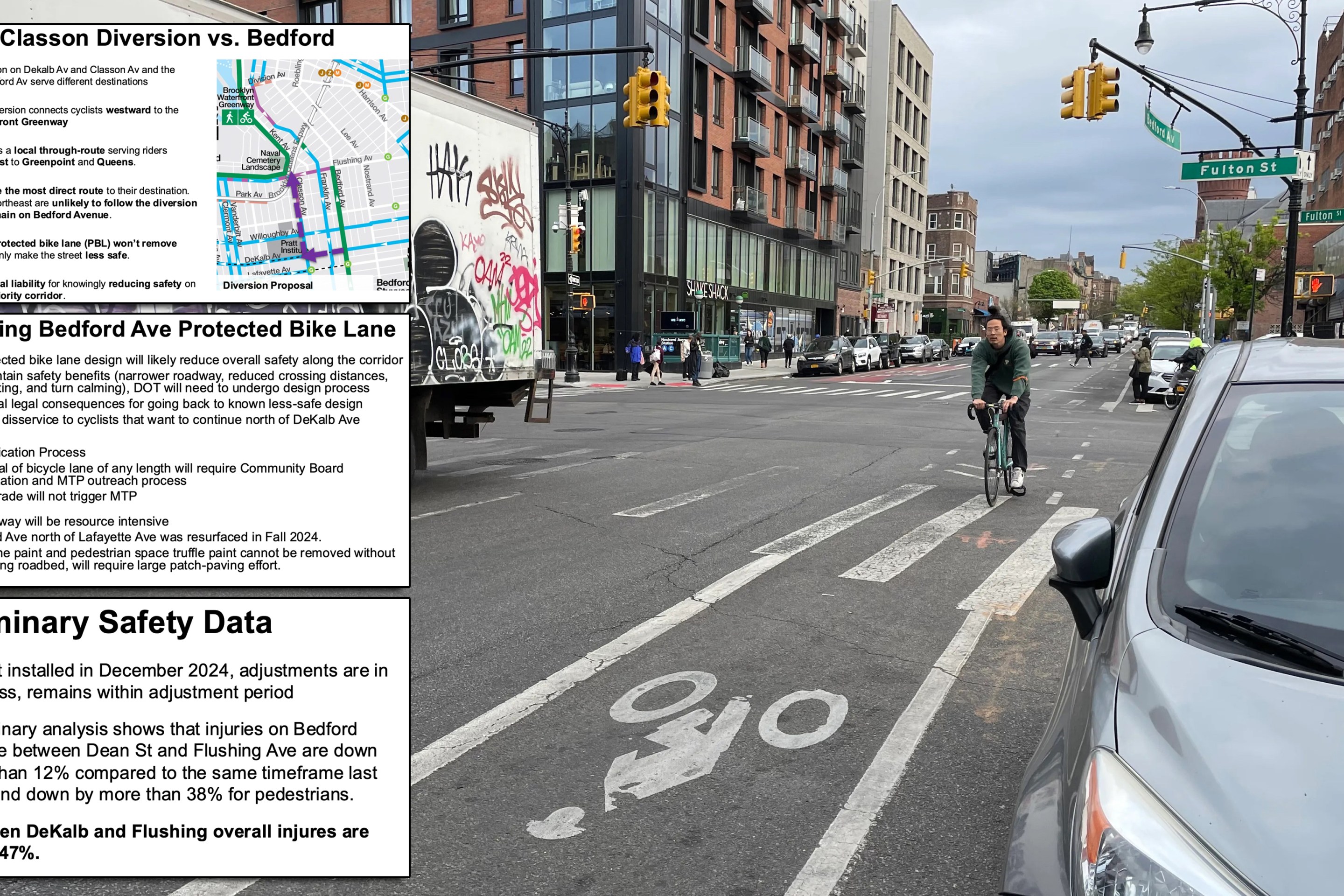How much car traffic will a new building generate? Engineers and planners are constantly trying to divine the answer to this question in the belief that it will tell them the "right" number of parking spaces to build, or how to adjust streets to accommodate more cars.

The standard reference to guide these decisions is the Trip Generation Manual published by the Institute for Transportation Engineers. But the manual has come under fire for overestimating the traffic produced by mixed-use developments. A team of transportation engineers aligned with the Congress for the New Urbanism has been working on a fix for that.
Meanwhile, a new study by University of California professor Adam Millard-Ball takes the critique of ITE a lot further. In a new article for Access Magazine, Millard-Ball argues persuasively that ITE is overestimating traffic not just on mixed-use projects, but on all developments -- and not by a little.
This has been the case for a long time, he says, and it's only gotten worse as driving levels have declined across the country in recent years. Millard-Ball calculates that the ITE method of predicting trips based on development would have forecast an increase of 90 million trips during an eight-year period in the 2000s. The actual increase? Just 2 million trips, as reported in the National Household Travel Survey.
Robert Steuteville at Network blog Better Cities & Towns explains the significance of Millard-Ball's research:
For those who are keeping track, that's a discrepancy of 4,500 percent. As US travel habits change, the ITE data keeps pointing to ever-increasing traffic, as developers pay impact fees and transportation planners anticipate more congestion.
Use of the ITE manual has a profound affect on new development--opposition often centers around traffic generation. But the bigger impact is on overbuilt roads and the construction of too much parking. Not only is this wasteful, but also it diminishes sense of place and walkability, which in turn affect quality of life and economic development. The design of the road itself can result in more cars on the road. Safety is affected--streets that are too large encourage speeding, which boosts the severity of collisions and ultimately injuries and deaths.
Millard-Ball explains that ITE estimates are likely weighted toward suburban, automobile-oriented developments and big, controversial projects on key sites. ITE numbers also assume that projects will be successful, whereas in the real world many are not. This data, in other words, is based on measuring sites that have more traffic than typical sites.
Moreover, many developments don't generate new traffic--they just shuffle it around. A new courthouse will not increase the number of people in the county judicial system, Millard-Ball explains. Schools generate surprisingly little new traffic compared to what ITE suggests. A new supermarket may not increase actual shopping for food, but shift customers from one location to another instead.
Elsewhere on the Network today: Streets.mn shares a graph showing long-term trends in American transit ridership. And Rebuilding Place in the Urban Space reports a depressing statistic: the average transit rider spends 40 minutes a day waiting for a connection.





